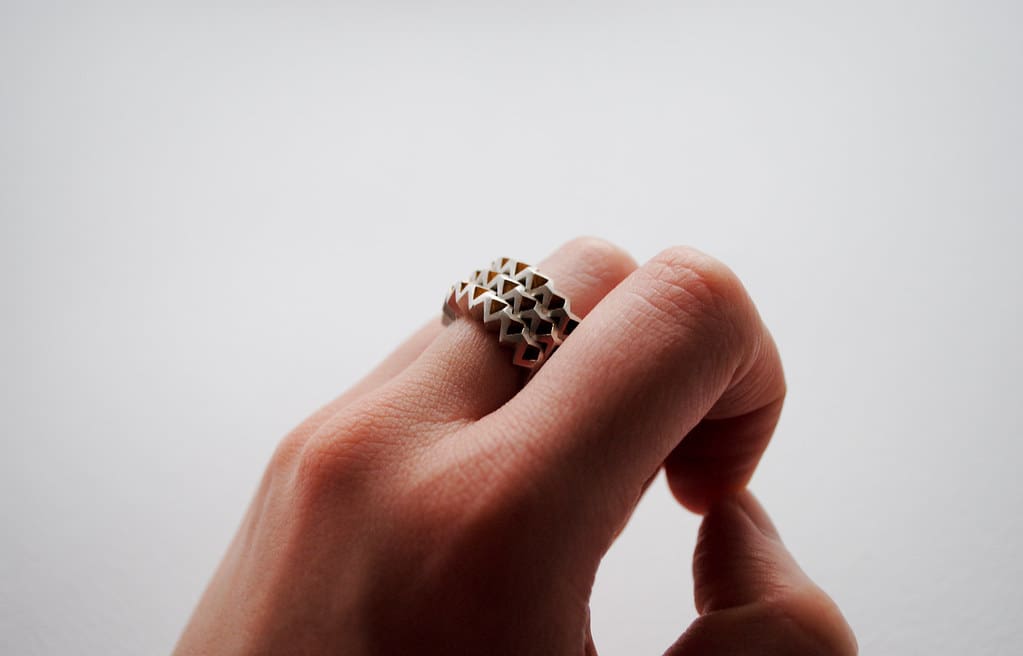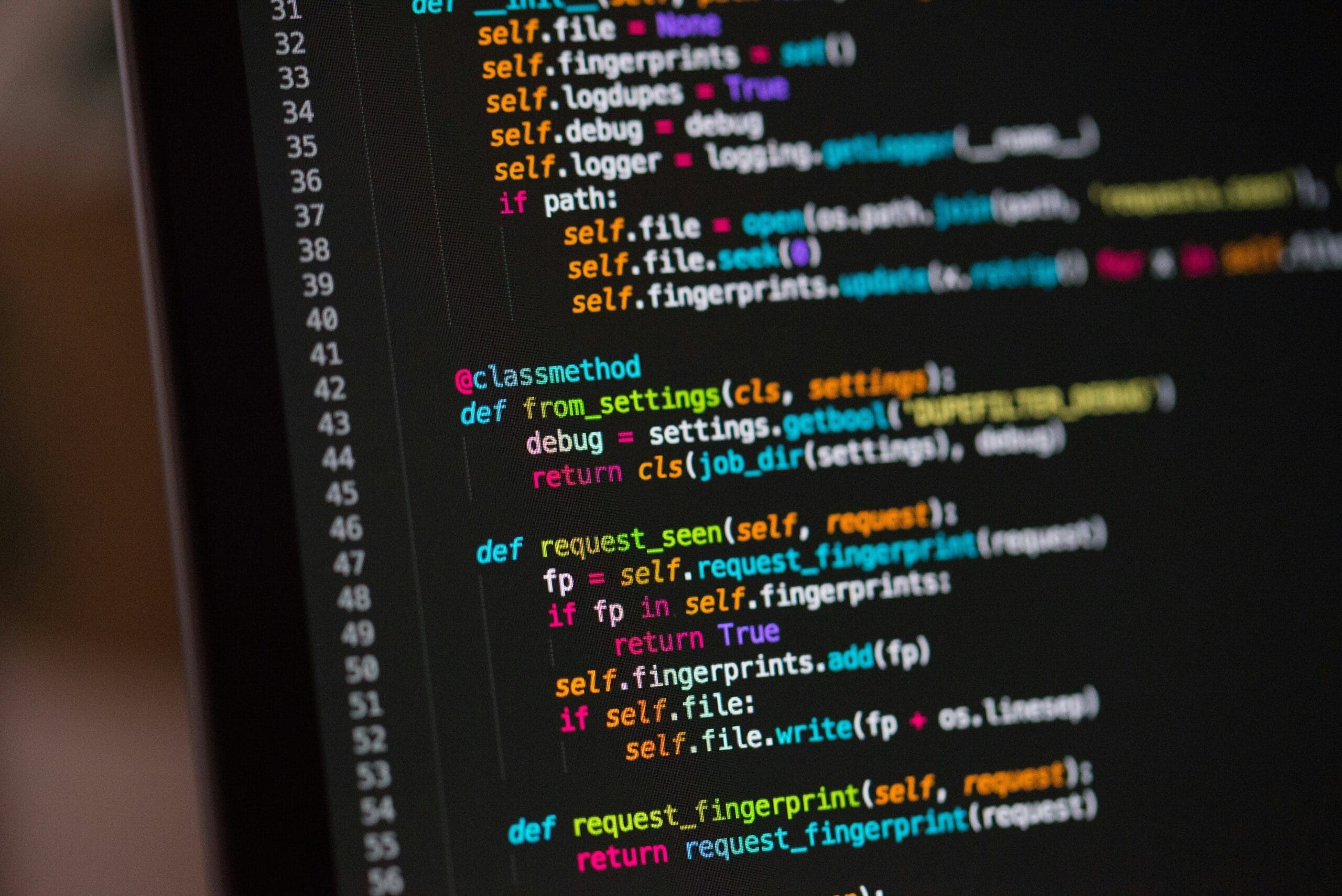3D printing is rapidly transforming the jewelry industry by offering unprecedented flexibility and innovation in design and manufacturing. This technology allows jewelers and designers to push the boundaries of creativity, producing intricate and detailed pieces that were once thought impossible. From bespoke engagement rings to avant-garde fashion jewelry, 3D printing is making its mark as a valuable tool in a trade that combines ancient craftsmanship with cutting-edge technology.
The Evolution of 3D Printing in Jewelry
The adoption of 3D printing in the jewelry industry began as a way to improve the precision and speed of the prototyping process. Traditionally, creating a jewelry prototype involved hand-carving models in wax or using cumbersome milling machines. The introduction of 3D printing changed that by allowing designers to create complex models digitally and print them in high-resolution materials. Today, 3D printing is not just used for prototyping but is also a direct manufacturing tool capable of producing finished products.

Advantages of 3D Printing in Jewelry
Design Freedom and Complexity: 3D printing enables designers to experiment with complex, intricate designs that are difficult or impossible to achieve through traditional methods. The technology excels in producing fine details, undercuts, and hollow patterns, allowing for lightweight and unique jewelry pieces.
Customization: The ability to customize jewelry for individual clients is one of the most significant advantages of 3D printing. Designers can modify aspects of a design to fit a customer’s specific preferences or size requirements, offering a truly personalized service.
Speed and Efficiency: 3D printing significantly reduces the time it takes to go from design to production. What used to take weeks can now be accomplished in just a few hours, streamlining the production process and allowing for quicker response to market trends.
Cost Reduction: Traditional jewelry manufacturing can be wasteful, with a significant amount of metal lost in the cutting and milling process. 3D printing minimizes waste by using only the amount of material necessary to build the piece layer by layer.
Key Applications of 3D Printing in Jewelry
Direct Metal Printing: Advanced 3D printers can print directly in metals such as gold, silver, and platinum. This application is particularly revolutionary for producing high-end, custom jewelry pieces without the need for traditional casting methods.
Wax Printing for Casting: Many jewelers use 3D printers to create detailed wax models that are then used in traditional lost-wax casting processes. This hybrid approach combines the benefits of 3D printing with the quality and characteristics of conventional metal casting.
Prototyping and Experimentation: 3D printing allows designers to create multiple prototypes quickly and affordably, enabling them to experiment with new ideas without significant investment.
Educational Tools and Models: 3D printing is also used to produce large-scale models and educational tools that help clients understand complex designs and features before the final piece is made.

Challenges and Considerations
While 3D printing offers many benefits, it also presents challenges. The cost of high-quality 3D printers and the materials used for direct metal printing can be prohibitively expensive for smaller operations. Additionally, the finish of 3D printed pieces often requires additional processing and polishing to achieve the high standards expected in fine jewelry.
Future Trends in 3D Printing for Jewelry
Looking ahead, 3D printing is set to become even more integrated into the jewelry industry. Innovations in printer technology and material science will likely lower costs and improve the quality and variety of printable metals. Furthermore, as consumers become more accustomed to personalized products, the demand for custom-designed jewelry created through 3D printing is expected to grow.
3D printing is revolutionizing the jewelry industry by enabling more creative designs, faster production times, and greater customization. As the technology continues to evolve, it promises to unlock further potential, making it an indispensable tool for modern jewelers. By embracing 3D printing, designers and manufacturers can not only enhance their craftsmanship but also meet the increasing consumer demand for unique, personalized jewelry pieces.








